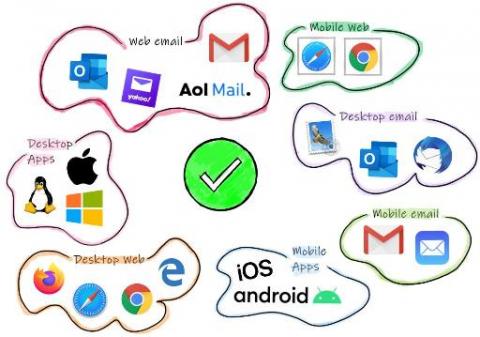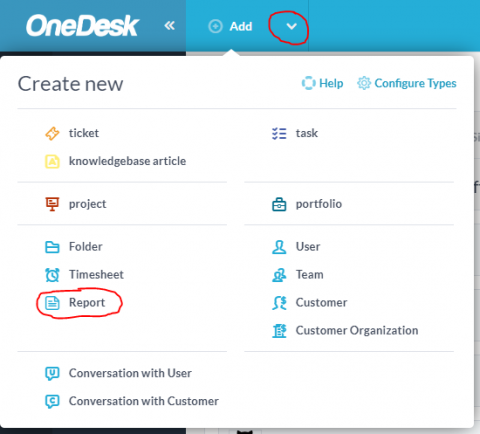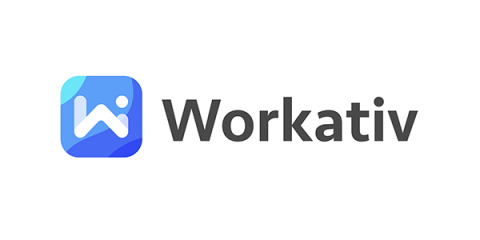The Definitive Guide to Customer Service Standards in 2020
Customer service is what truly makes or breaks your business. Every interaction your support team has with end-users is essential in shaping their perception of what your brand represents. Customers, at each stage of their journey, expect a good standard of service and will not appreciate slow, unprofessional answers. In fact, we found out that 56% of consumers globally have stopped doing business with a brand due to a single bad service experience in the last 12 months.











